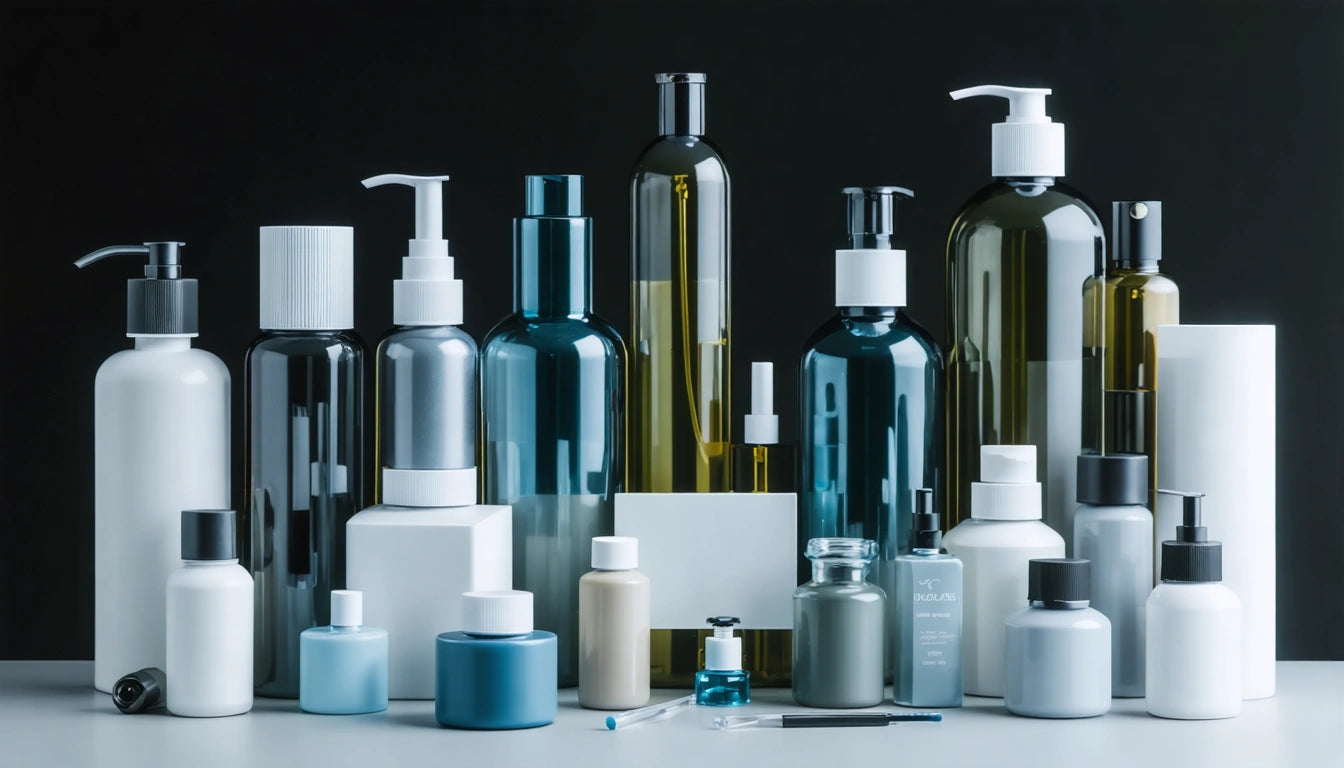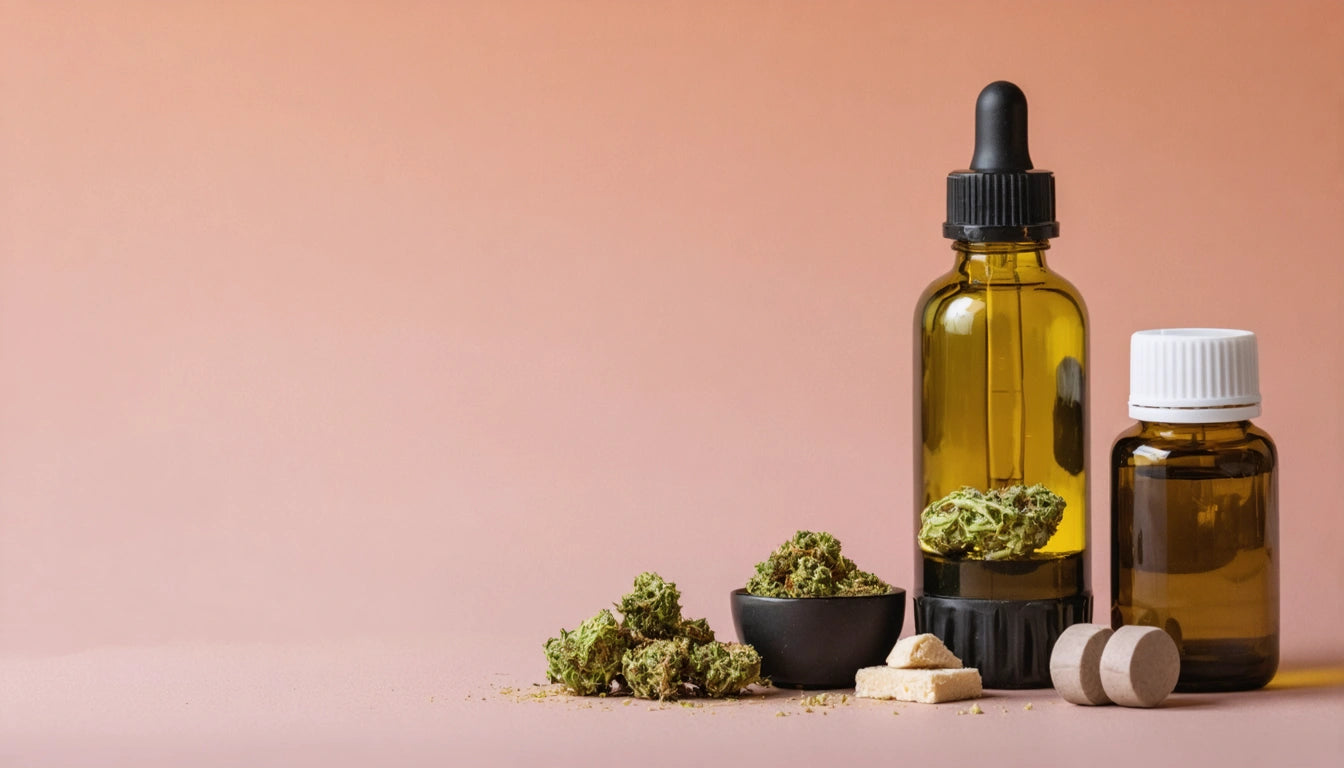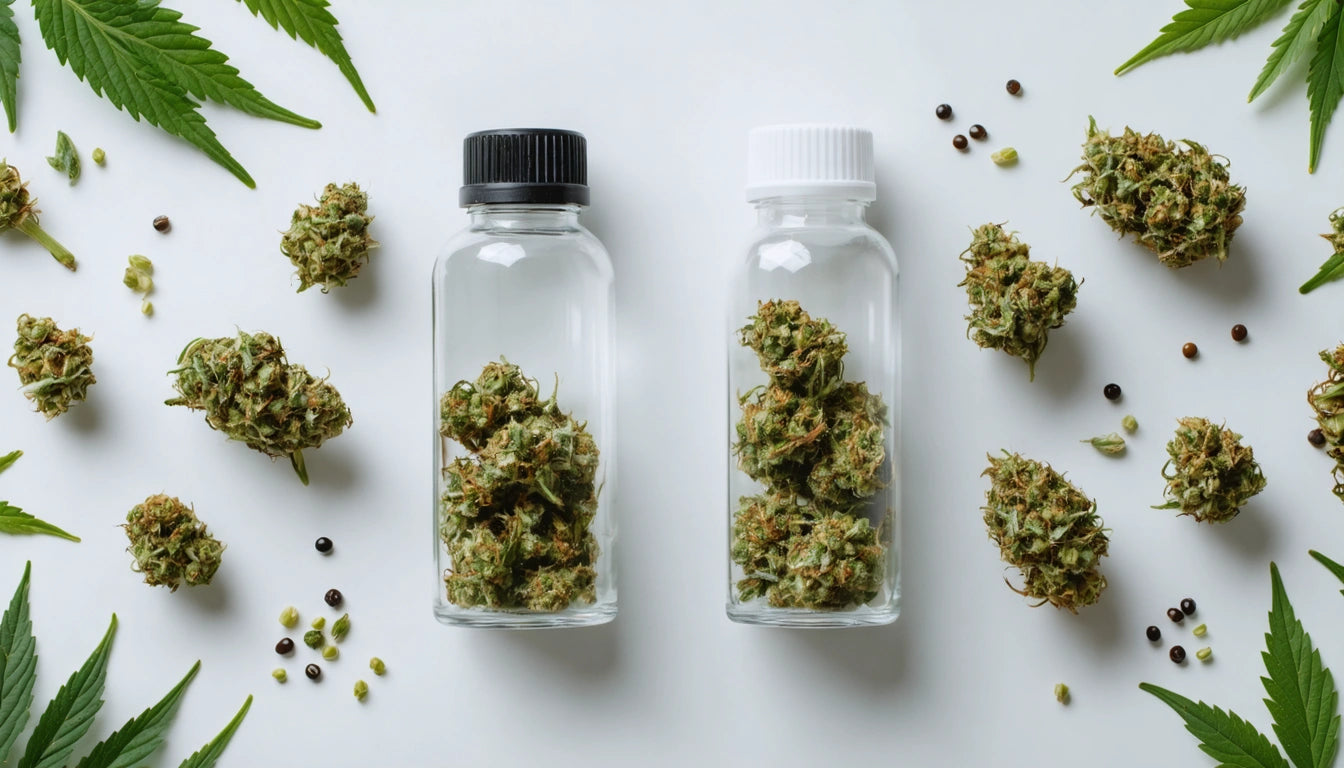Table of Contents
The debate between glass tubes and plastic tubes for pre-roll packaging continues to evolve as cannabis brands seek the perfect balance of protection, presentation, and practicality. Each material offers distinct advantages and limitations that can significantly impact product quality, consumer perception, and operational efficiency. Understanding these differences is crucial for making informed packaging decisions that align with brand values and market positioning.
Material Properties and Protection
Glass tubes provide superior aroma preservation and moisture control, which are critical factors in maintaining pre-roll freshness. According to research on pre-roll freshness, glass creates an impermeable barrier that prevents terpene degradation and oxidation. This preservation quality is particularly important for premium products where flavor profiles are a key selling point.
Plastic tubes, while less effective at preserving terpenes, offer significant advantages in durability and impact resistance. They withstand drops and rough handling during transport, making them practical for on-the-go consumers. Many plastic options now include humidity control features to compete with glass in freshness preservation.
Cost Considerations and Scalability
The cost differential between glass and plastic is substantial, especially at scale. Plastic tubes typically cost 30-50% less than comparable glass options, allowing for greater margin flexibility. For startups with limited capital, this difference can be decisive, as outlined in the cost breakdown for pre-roll packaging.
Glass tubes generally require higher minimum order quantities and longer lead times, which can create inventory management challenges for smaller operations. Plastic options offer more flexibility with lower minimums and faster production turnarounds, allowing brands to adapt quickly to market changes.
Sustainability and Environmental Impact
Environmental considerations are increasingly influencing packaging decisions. Glass tubes are infinitely recyclable without quality degradation, positioning them as a more sustainable long-term option. However, their heavier weight increases shipping carbon footprint and energy costs during production.
Plastic tubes present a more complex sustainability profile. Traditional plastics derived from petroleum create significant environmental concerns, but innovations in bioplastics and recycled materials are changing this landscape. Sustainable pre-roll packaging options now include plant-based plastics that offer improved environmental credentials while maintaining functional benefits.
Consumer Perception and Brand Positioning
Consumer research consistently shows that packaging significantly influences purchasing decisions and perceived value. Glass tubes convey premium quality and craftsmanship, supporting higher price points and luxury positioning. They create a distinctive sound and weight experience that enhances perceived value.
Plastic tubes, while historically associated with lower-cost products, have evolved considerably in aesthetics and quality. High-quality plastics with sophisticated finishes can now effectively support mid-market positioning. For brands targeting convenience-oriented consumers, the practical benefits of lightweight plastic often outweigh the premium associations of glass.
Impact on Retail Display and Merchandising
The visual impact of packaging at retail cannot be overstated. Glass tubes offer clarity and light reflection properties that make products stand out on shelves. Packaging design inspirations frequently highlight how glass elevates visual merchandising through its optical properties.
Plastic tubes offer greater versatility in shape, color, and printing options, allowing for more creative branding applications. Their lighter weight also enables more flexible display options, including vertical merchandising and custom display units that might be impractical with heavier glass products.
Compliance and Child Resistance
Both materials can meet child-resistance requirements, but their implementation differs significantly. Glass tubes typically rely on cap mechanisms for child resistance, which can add complexity and cost to the design. These mechanisms must be carefully engineered to maintain a proper seal while meeting regulatory standards.
Plastic tubes often incorporate child-resistant features directly into their design, creating more integrated solutions. Child-resistant pre-roll packaging standards continue to evolve, requiring ongoing adaptation from packaging manufacturers in both materials.
Operational Efficiency and Production
Production efficiency significantly impacts overall packaging costs and timelines. Plastic tubes generally offer advantages in filling speed and automation compatibility. When scaling operations, specialized pre-roll filling and packaging equipment typically achieves higher throughput with plastic containers due to their consistent dimensions and lighter weight.
Glass tubes present more handling challenges during high-speed production, often requiring specialized equipment and more careful quality control to prevent breakage. The weight and fragility of glass also increase shipping costs and breakage rates during distribution, factors that must be considered in total cost calculations.
Making the Right Choice for Your Brand
The decision between glass and plastic ultimately depends on your specific brand positioning, operational requirements, and target market. Premium brands focusing on connoisseur consumers may benefit from glass despite higher costs, while brands prioritizing accessibility and scale might find plastic more aligned with their business model.
Many successful brands implement a hybrid approach, using glass for premium lines and plastic for standard offerings. This strategy allows for market segmentation while optimizing operational efficiency. As packaging options for pre-rolls continue to evolve, the distinctions between materials will likely become more nuanced, offering greater flexibility for brand expression.











Leave a comment
All comments are moderated before being published.
This site is protected by hCaptcha and the hCaptcha Privacy Policy and Terms of Service apply.